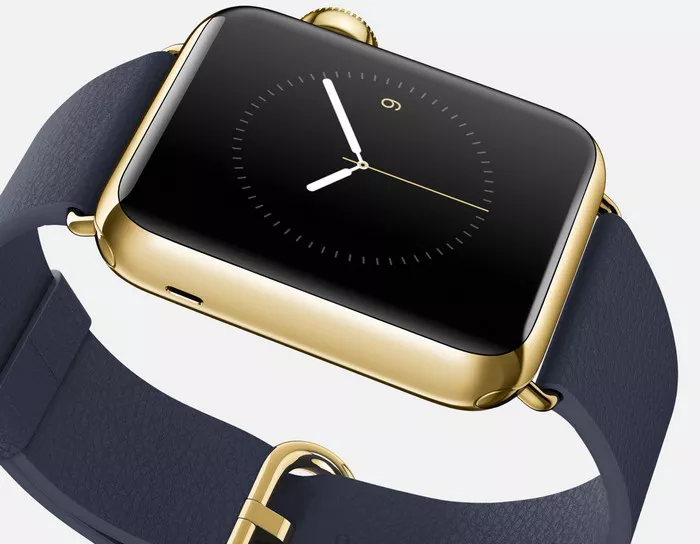Exploring the Standalone Capabilities of Apple’s Innovative Wearable
Since its inception, the Apple Watch has been a trailblazer in the world of wearable technology, captivating users with its sleek design and a plethora of features. One question that frequently arises is whether the Apple Watch can function independently without the need for an iPhone. In this article, we delve into the standalone capabilities of the Apple Watch, exploring its connectivity options, built-in apps, and the extent to which it can operate without its iPhone counterpart.
Connectivity Options: Cellular vs. GPS
One of the major milestones in the evolution of the Apple Watch was the introduction of cellular connectivity. With the cellular-enabled models, users can now make calls, send messages, stream music, and access the internet directly from their wrists, without the need for an iPhone nearby. This breakthrough enables a truly untethered experience, granting users the freedom to stay connected even when their iPhone is out of reach.
On the other hand, Apple also offers GPS-only models of the Apple Watch. While these models lack cellular capabilities, they can still function independently for a range of activities such as tracking workouts, playing music stored on the device, and using various built-in apps. Although the absence of cellular connectivity limits certain features, the GPS-only models are an excellent choice for fitness enthusiasts and individuals seeking a more budget-friendly option.
Built-in Apps and Features
Apple has continuously expanded the capabilities of the Apple Watch by adding a diverse array of built-in apps and features. Many of these apps can function independently, further reducing the reliance on the iPhone. Let’s explore some of the key built-in apps and features that empower the Apple Watch to operate autonomously:
1.Phone: With the cellular-enabled Apple Watch, users can make and receive calls directly from their wrists, even if their iPhone is left behind. This feature ensures uninterrupted communication, allowing users to stay connected on the go.
2.Messages: The Apple Watch enables users to send and receive messages without the need for an iPhone. It offers various methods of input, including voice dictation, preset replies, and even drawing characters on the screen, providing a convenient messaging experience.
3.Apple Music and Podcasts: Users can enjoy their favorite tunes and podcasts directly from the Apple Watch, thanks to its built-in music and podcast apps. With the cellular models, users can stream music and podcasts on the go, even without an iPhone nearby.
4.Apple Pay: The Apple Watch incorporates Apple Pay, allowing users to make secure payments directly from their wrists. This feature is particularly useful for quick and hassle-free transactions, without the need to reach for a wallet or iPhone.
5.Health and Fitness: The Apple Watch has become a popular fitness companion, packed with advanced health and fitness tracking features. It can monitor heart rate, track workouts, count steps, and provide personalized coaching, making it a valuable standalone device for those focused on their well-being.
6.Maps and Navigation: With its built-in GPS functionality, the Apple Watch can provide turn-by-turn directions and navigation guidance without relying on an iPhone. This makes it an excellent companion for outdoor activities and exploring new places.
7.Siri: The iconic virtual assistant, Siri, is readily available on the Apple Watch. Users can interact with Siri using voice commands, allowing them to get information, set reminders, send messages, and perform various other tasks without reaching for their iPhone.
Limitations and Considerations
While the Apple Watch offers an impressive range of standalone features, it’s important to note a few limitations and considerations:
1.Third-Party Apps: Although the Apple Watch has a vast library of third-party apps, their functionality and availability may vary. Some apps heavily rely on the iPhone for data syncing, processing power, or network connectivity, which can limit their usability when the Apple Watch is operating independently. However, developers are continually optimizing their apps to enhance standalone functionality.
2.Data Storage and Transfer: The Apple Watch has limited onboard storage, which means it may not be able to store large amounts of media or apps locally. Additionally, transferring data to the Apple Watch, such as music playlists or podcasts, often requires an iPhone for synchronization. However, with the introduction of streaming services and cloud storage options, users can still access a wide range of content without relying solely on the iPhone.
3.Battery Life: The standalone capabilities of the Apple Watch, particularly with cellular connectivity, can impact battery life. When utilizing features like making calls, streaming music, or using GPS, the battery drains faster compared to basic usage. However, advancements in battery technology and power management have improved the overall battery performance of the Apple Watch.
4.Initial Setup and Updates: While the Apple Watch can function independently, it still requires an iPhone for the initial setup process. Additionally, software updates for the Apple Watch typically need to be installed through the paired iPhone. However, once set up and updated, the Apple Watch can operate autonomously until the next update.
Conclusion
In conclusion, the Apple Watch has evolved into a powerful wearable device with significant standalone capabilities. Whether it’s the cellular-enabled models that offer true independence from the iPhone or the GPS-only models that excel in fitness tracking, the Apple Watch provides a range of functionalities without relying solely on its iPhone counterpart.
With built-in apps like Phone, Messages, Music, and Apple Pay, users can make calls, send messages, stream music, and perform contactless payments directly from their wrists. The Apple Watch also offers robust health and fitness features, maps and navigation, and the ever-helpful Siri, all accessible without needing an iPhone nearby.
While certain limitations exist, such as app dependencies, storage capacity, battery life, and initial setup requirements, the Apple Watch continues to push boundaries, offering a remarkable standalone experience. As technology advances, we can expect further enhancements in the standalone capabilities of the Apple Watch, making it an even more indispensable device for users seeking a seamless and independent wearable experience.

